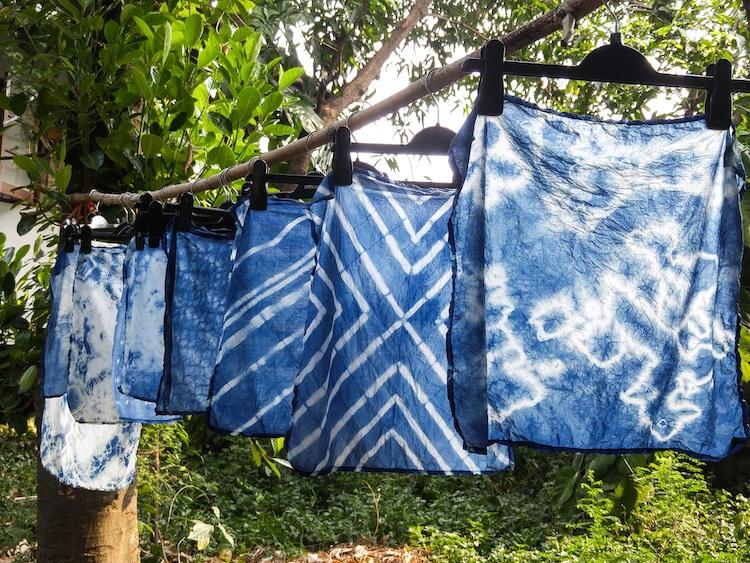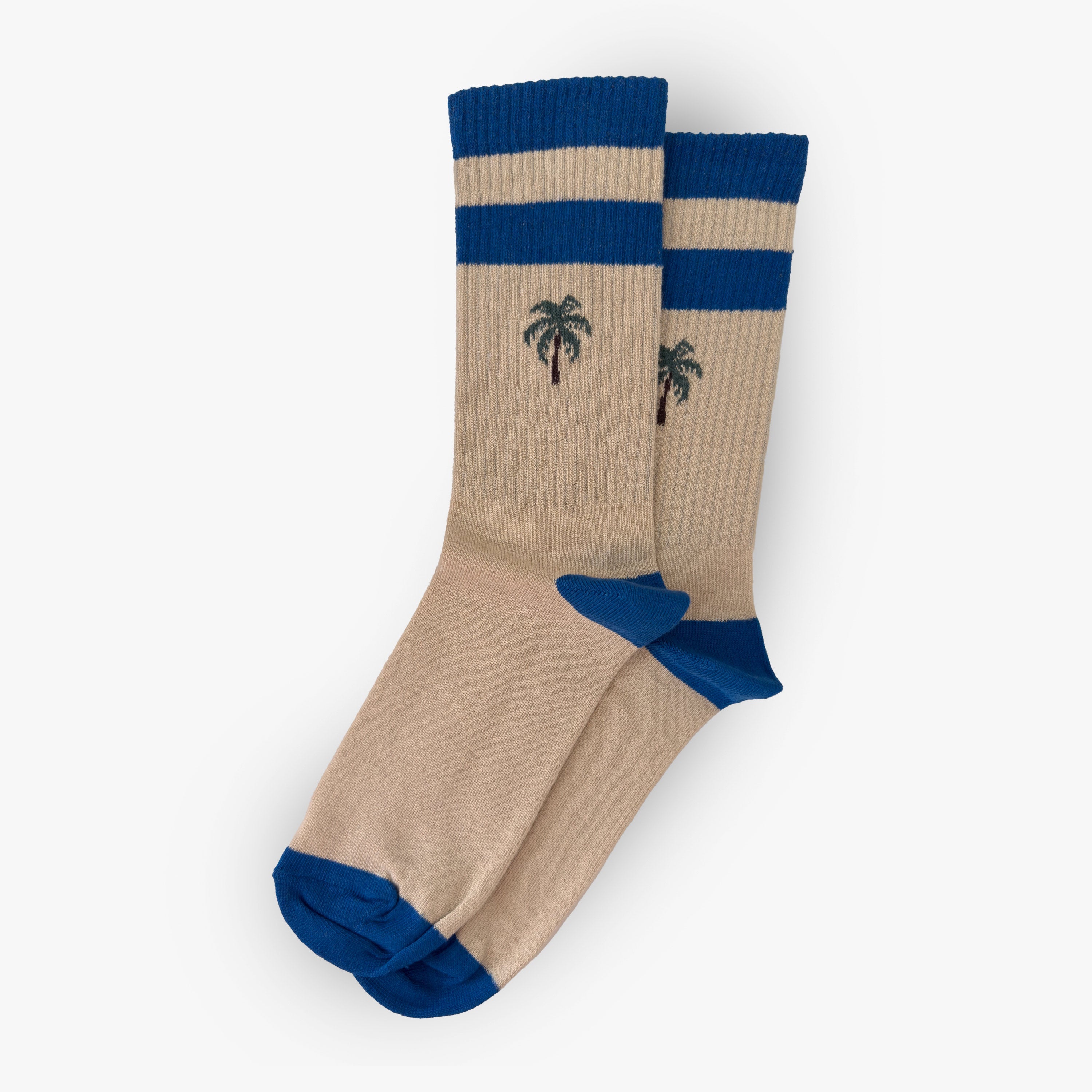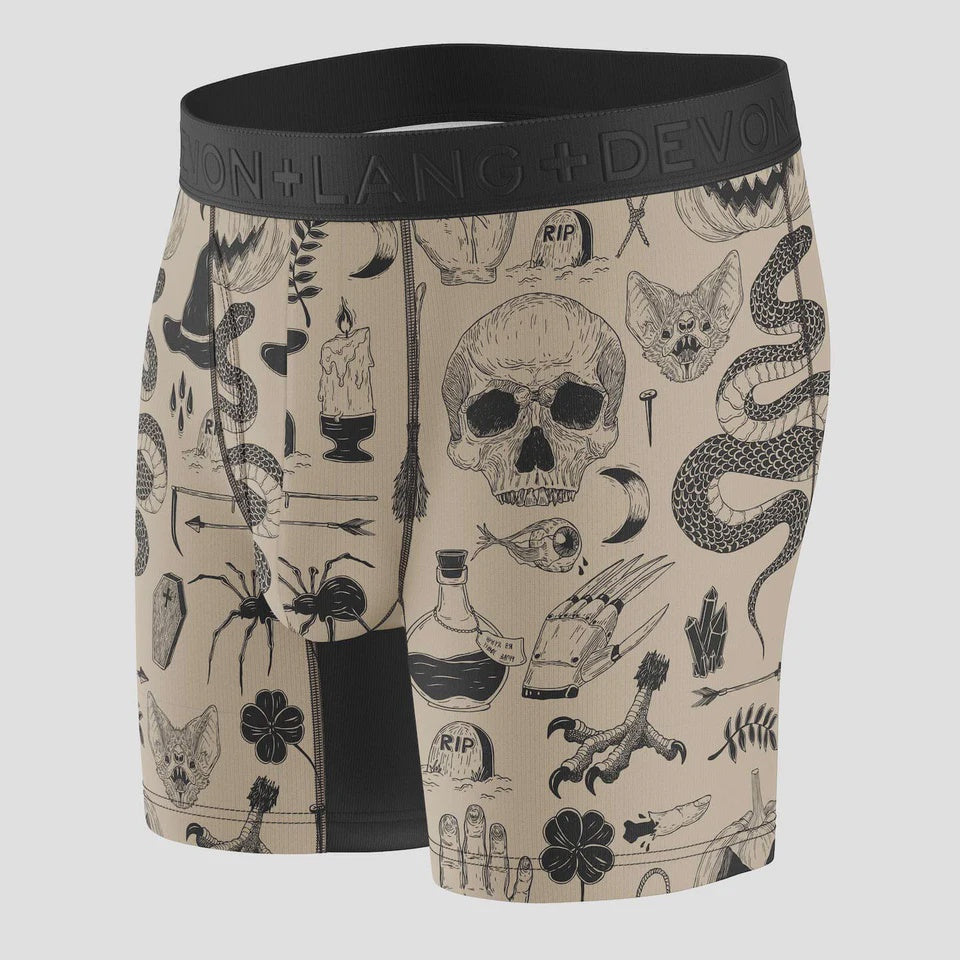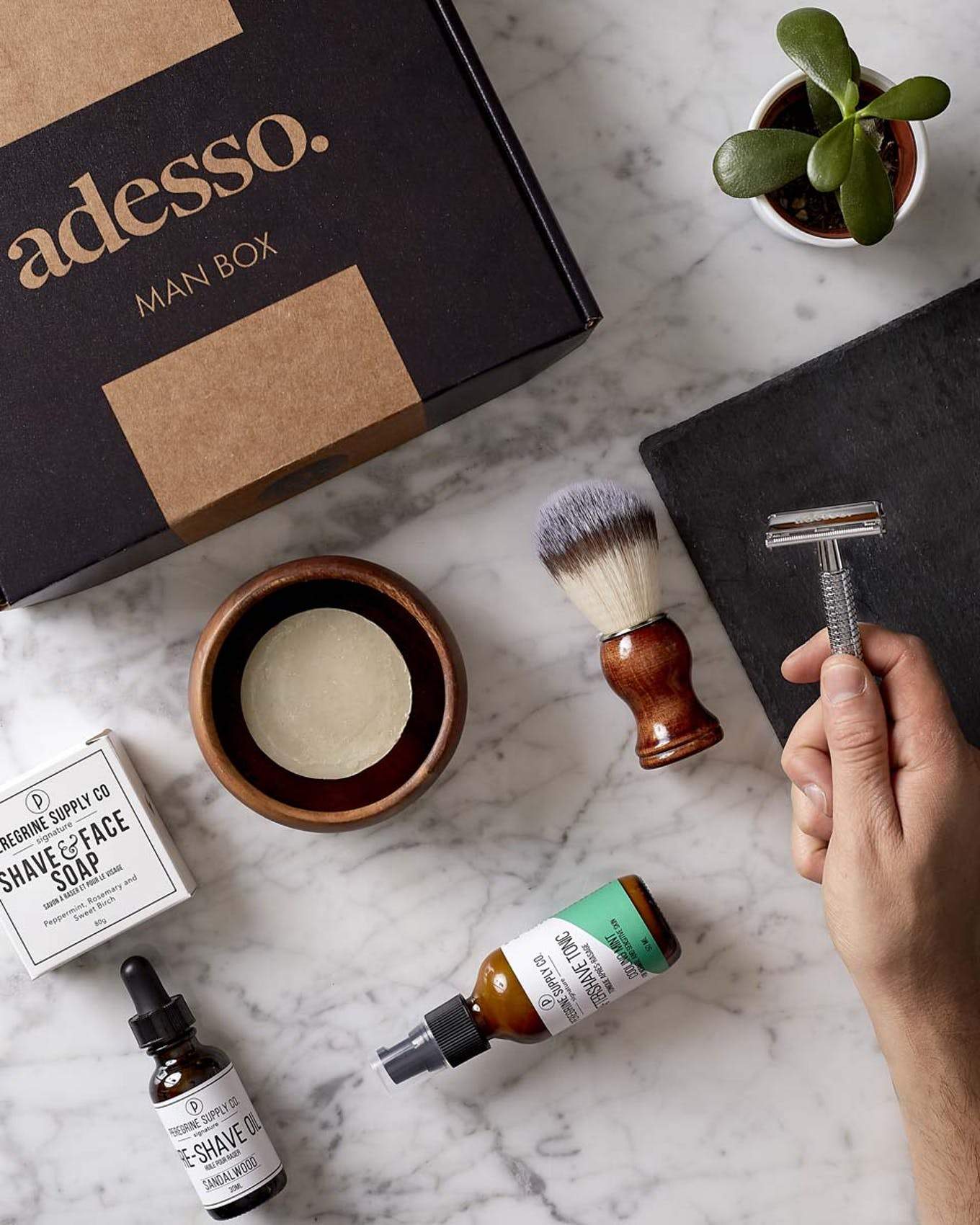
Talk Tie-Dye to Me
You’ve seen it on the runway, you’ve seen it on your favourite celebs, and now, you have seen it pop-up in your social feed.
Undoubtedly, one of 2020’s most surprising trends is the resurgence of tie-dye.
Perhaps the new decade’s less-than-chipper start has created the need for playful, positive vibes, or maybe the fashion world’s recent dip into an “anything goes as long as you make it cool” mentality has made room for this bold look to make its way back into the mainstream. Either way, we're excited about it.
Although, this is not the trend’s first time in the come-back spotlight — as many a ‘90s baby will recall. During the years of windbreakers and overalls, tie-dye was brought to life as the oversized, neon t-shirt you paired with a backwards cap and baggy shorts.

Yet, the unmistakable print’s psychedelic tones have a much older history.
While tie-dye’s greatest North American moment was its rise to notoriety in the ‘60s and ‘70s as every flower child’s favourite way to revamp otherwise cookie-cutter clothing and breakaway from the fashion moulds of the time, tie-dye’s earliest mention is in ancient Asia.
During the Tang Dynasty (618 and 906 C.E.) in China, travelling performance troops donned colourful tie-dye costumes — in parts of the country the ancient craft is still alive today — and 8th Century Japan gave rise to the art of Shibori. The dying technique has also appeared throughout India, Africa and parts of South America.

However, these exquisite traditional dying techniques differ greatly from the S/S 2020 tie-dye craze. Rather, the print’s manifestation as MSGM’s cotton candy clouds of pink, orange and blue (above) or as Versace’s ‘90s neon-grunge throwback inspire the fashion-forward to dabble with this colourful and lively vibe.
For a casual look ideal for a summer festival, brunch, barbecue or for chilling at home, try pairing a baggy tie-dye tee or sweatshirt with white joggers and classic sneakers. Alternatively, dip your toe into psychedelic style by accessorizing with a tie-dye bucket hat or pair of socks.
Dress-up this trend by moving away from a bright colour pallet and opt for monochromatic tones, like this S/S . Paired with a blazer and straight-legged chinos, you’ll create a look that is both playful and sophisticated. To really bring your outfit together, add a neon fanny pack or satchel.

What is important to remember is that there are no rules when experimenting with tie-dye. Like the psychedelic inspiration of the ‘70s, this trend truly has no limitations or boundaries and does not have to stay in the summer festival arena. Integrate your tie-dye pieces into an elevated look that can be worn proudly anywhere.
We expect this trend will have staying power, so the tie-dye pieces you invest in — or DIY — today can also make their way into your wardrobe next summer.
Curious about how to make your own tie-dye masterpiece or upcycle some old clothes? Read on for a DIY step-by-step:
- Assemble your tools. You will need:
- Protective gloves
- An apron or old clothes
- Fabric dye
- Plastic squeeze bottles
- Rubber bands
- Large Ziploc bags
- Dye fixative or soda ash
- A large container
- A tarp or plastic cover
- Clean, white clothing
- Place plastic tarp/cover on your work area.
- Prepare your dye according to its instructions and place in plastic squeeze bottles.
- Roll up your item of clothing and secure the crumbled clothing with rubber bands.
- Cover the clothing in dye using squeeze bottles.
- Place dyed clothing into a Ziploc bag and let it sit overnight.
- The next day, mix dye fixative and warm (not hot) water in a bowl.
- Unpack the tie-dyed clothing from the Ziploc bag and soak it in the fixative mixture according to its instructions.
- Rinse the dyed clothing in cold water.
- Hang to dry.
*Pro Tip: The first time you wash your tie-dyed clothing, wash separately so that the colours do not run.
What do you think about the tie-dye trend? Let us know in the comments below!






Laisser un commentaire
Ce site est protégé par hCaptcha, et la Politique de confidentialité et les Conditions de service de hCaptcha s’appliquent.